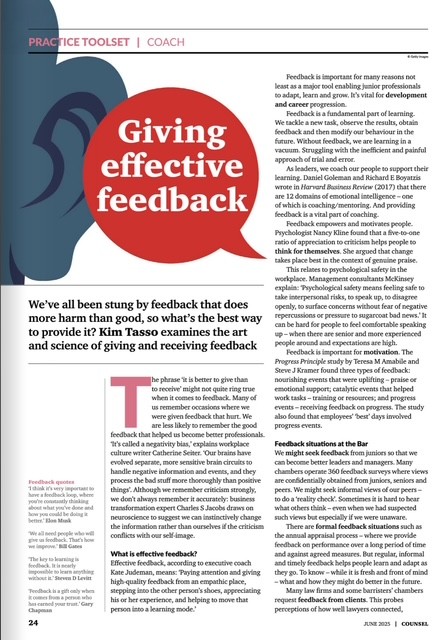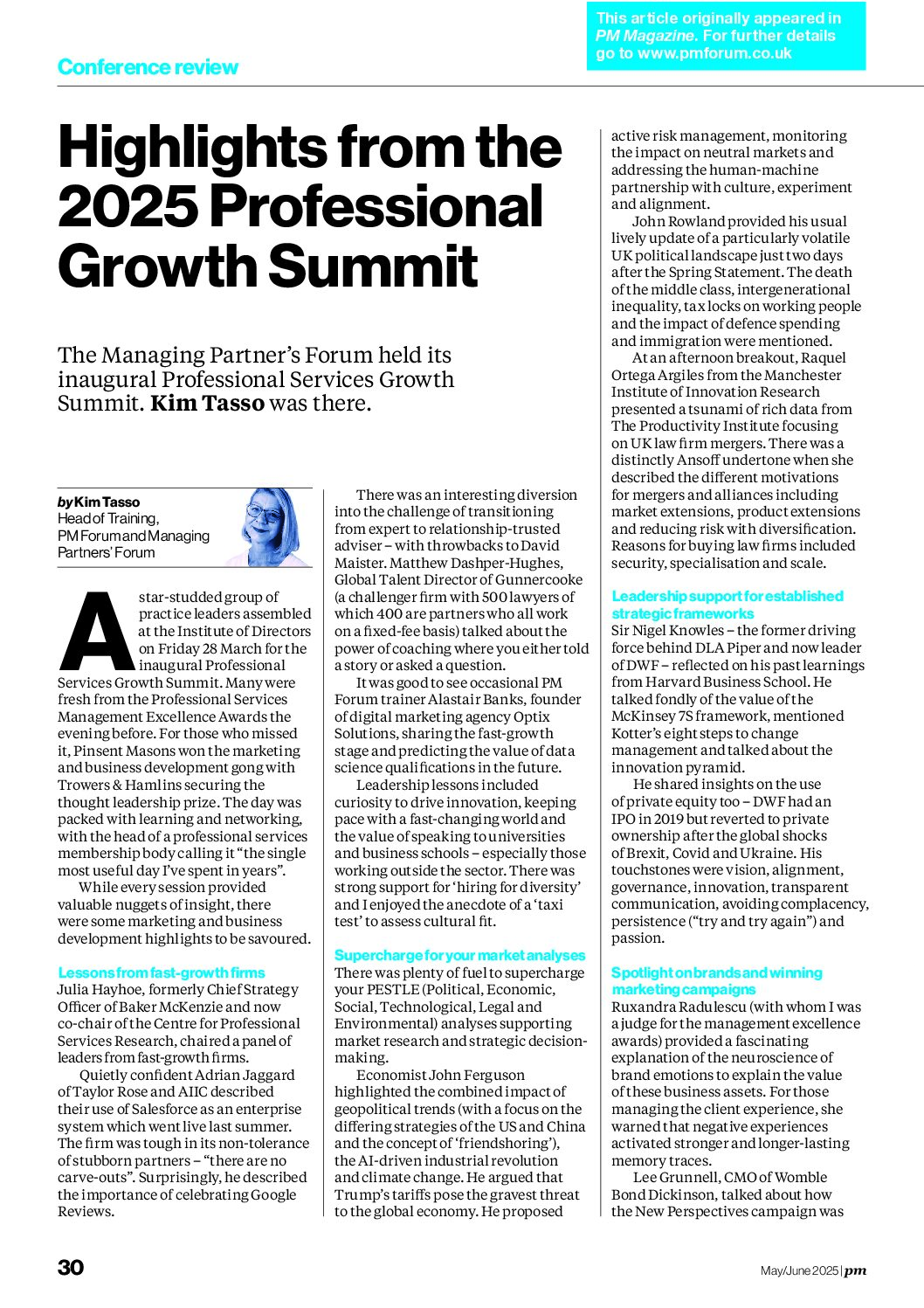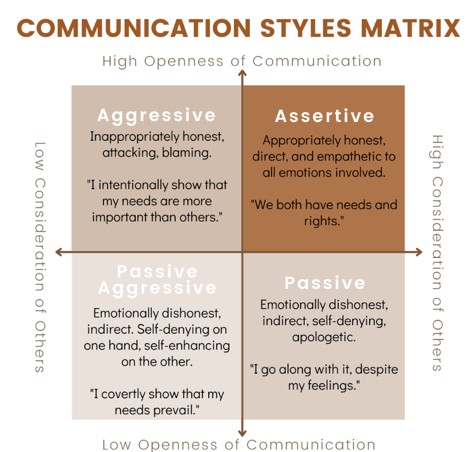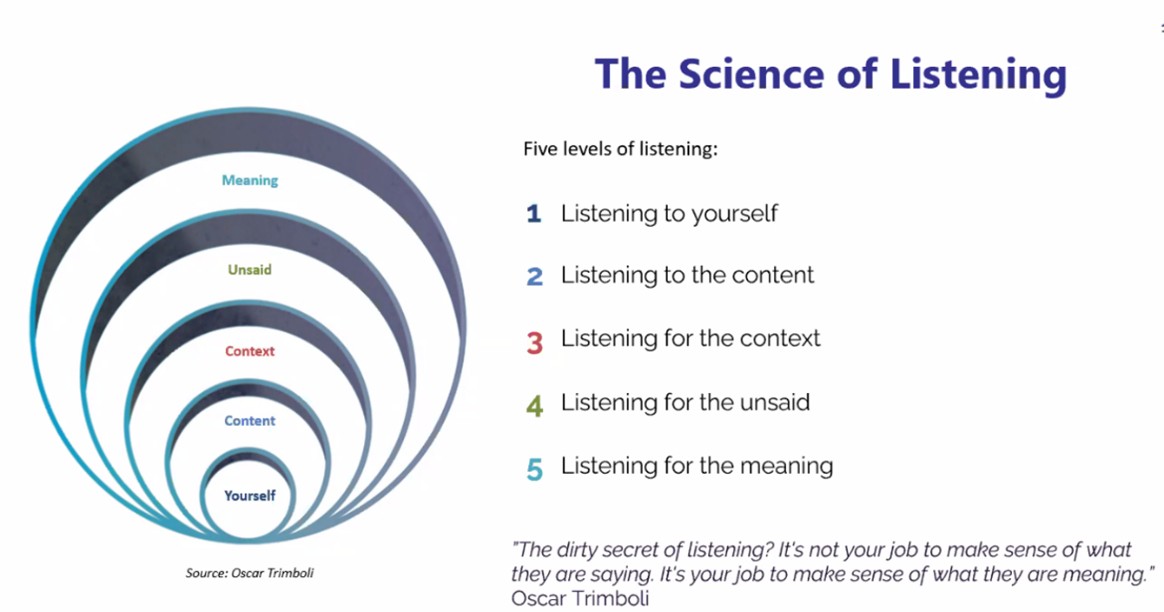
I was delighted to present at the North West Region group of Professional Marketing Forum http://www.pmforum.co.uk/locations/north-west.aspx in Manchester all about buy-in in professional services recently. The lunchtime session was hosted by PwC (thanks to regional chair Rachel Kelly and the committee for organising). And it was fantastic that over 60 people signed up – one of the biggest turnouts for a regional event.
The 1.5 hour session was based on the half-day session on the PM Forum course on “Engagement, buy-in and stakeholder management”.(http://www.pmforum.co.uk/training.aspx).
At the end of the session, I asked what the delegates felt were the most interesting ideas and tips. Their views were as follows:
1. Segment the audience
When we consider how to persuade an external audience, we use segmentation techniques to identify groups of people with similar attributes and needs. Then we adapt the message to resonate with each segment. The same applies to internal communication. We rarely need the same approach to each segment internally – some need consultation and others just need to be kept informed. I mentioned that some people are motivated to move towards rewards and others away from problems. We also talked about the adaptive third (see https://www.kimtasso.com/change-management-creativity-third-adapt-easily/) We talked about the use of the impact-influence matrix and other stakeholder mapping techniques.
2. Use face-to-face communication
When you are busy it is easy to stay chained to your desk responding to the constant stream of emails. However, face-to-face communication is vital for relationship management and for achieving buy-in. A Harvard study found that a face-to-face request was 34 times more likely to be accepted than through other channels. There’s more about face-to-face communication here https://www.kimtasso.com/two-big-guns-of-communication-face-time-and-reframe/
3. Listen
There is a risk in that our enthusiasm and urgency we focus on what we want to say. But to engage with people we have to ask the right questions and learn to listen actively to what they say. Armed with insight into other people’s aims and expectations, it is easier to align our aims and messages to their needs. There are numerous blog posts on active listening (for example: https://www.kimtasso.com/coaching-skills-importance-active-listening/
Other skills thought important for buy in mentioned by the delegates included: empathy (see https://www.kimtasso.com/take-a-walk-on-the-client-side-empathy-and-emotional-intelligence-when-selling-professional-services/), developing rapport and trust (see https://www.kimtasso.com/trust-better-business-relationships/), confidence (see https://www.kimtasso.com/assertiveness-confidence-and-effectiveness-for-young-marketers/) and negotiation (see https://www.kimtasso.com/book-review-leaders-guide-negotiation-simon-horton/).
We all agreed that good preparation was critical for productive conversations with fee-earners – to know the background, to get to the point quickly and to be clear about the aims and anticipated results so that we are respectful of their time.
4. Ask for help
No man (or woman) is an island. We should not be shy about asking for help – whether from our peers, our colleagues, our line managers, our partners or the fee-earners. Heidi Grant’s book on getting people to help you is a valuable guide https://www.kimtasso.com/book-review-reinforcements-how-to-get-people-to-help-you-by-heidi-grant/
5. Find a champion
We talked about using champions, sponsors, supporters and role models to help us engage with a wider fee-earner audience. Tapping into the power of others means we can both leverage their influence and also benefit from the halo effect (bask in their reflected glory).
6. Be adaptable
The great joy and challenge in life is the people are different. We all have our own personalities and styles of communicating and working together. In order to build great relationships we need to be able to know our own styles, strengths and weaknesses and recognise them, using empathy, in others. Then we can adapt our style to make the other person feel more comfortable.
Difference and adaptability (and learning) are the first two sections in my latest book on Better Business Relationships https://www.kimtasso.com/publications/better-business-relationships/
7. Understand personalities
Similar to the idea of adapting our behaviour and ways of thinking, some personality models were considered helpful. While some delegates mentioned Myers Brigg and Colour Insight analysis, others appreciated the simplicity of the personality/motivation model of dogs, cats and bears.
8. Manage expectations
Sometimes our partners and fee-earners are unaware of what is involved in marketing and business development programmes – or how long it may take for the results to emerge. This is especially true when tackling major change programmes, repositioning or those involving commercial clients where there is a long sales cycle.
Therefore, we must be clear at the outset about our aims – what we expect to achieve – and the timeline and investment necessary. It is hard to maintain momentum in professional services projects, but easier if people understand what is likely to happen and when. We must all learn to under-promise and over-deliver.
9. Anticipate objections
It is likely that people will resist requests and object to new proposals. In selling situations we learn to identify objections and classify them as real, false or hidden. A frequently heard objection is “I’m too busy”. Mandy Hale says “A person being too busy is a myth. People make time for the things that are really important to them”.
We should use empathy and spend time anticipating potential objections and attack strategies and be ready to respond with confidence. The work of John P Kotter and Lorne Whitehead was mentioned in this regard.
10. Be specific about the first task
I recommended the fabulous book “How to change when change is hard” by Chip and Dan Heath https://www.kimtasso.com/change-management-book-review-switch-how-to-change-things-when-change-is-hard-by-chip-and-dan-heath/The authors have a simple model for change which involves a) identifying the rational reason for change b) Engaging the emotional motivation for change and c) being clear about the small, specific first step you want them to take. We used the example of teaching people to dance – show them the overall dance, break it down into small steps and allow them plenty of time to practice in a safe environment.
Well done to the three participants who won free copies of my latest book “Better Business Relationships” https://www.kimtasso.com/publications/better-business-relationships/ which includes a section on buy-in and persuasion.
The digital marketing team at PwC were kind enough to film a short video at the end of the session and this should soon appear on the Professional Marketing Forum web site and on social media.
And over to Ireland
There was a record breaking turnout at the offices of A & L Goodbody in Dublin when the session was presented to Professional Marketing Forum Ireland http://www.pmforum.co.uk/locations/ireland.aspx in February 2019.
The top tips this group recalled were:
- Use pull rather than push communication
- Segment the internal audience (5% champions, 5% dinosaurs, the adaptive third etc)
- Use empathy and engage emotions
- Adapt to different personalities
- Develop personal power and impact
- Ask incisive questions
- Reframe “difficult” behaviours
- Use face-to-face communication
- The 7P tool box for buy in strategies
- Ask for help
I was also reminded – by a delegate who attended one of my courses many years ago of the useful technique of using “A quick question…” in the subject line of emails.









